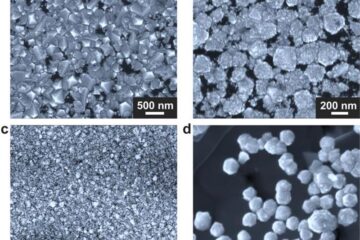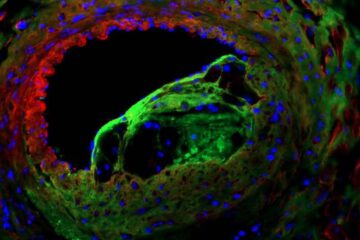Rapidly rising PSA before treatment is key indicator of cancer spread

The rate of a rise in PSA level, known as PSA velocity (PSAV), can be used to determine when prostate cancer spread may have already occurred, even in men with clinically localized disease. PSA, or prostate specific antigen, is measured by a blood test and used to determine if prostate cancer is present.
“We've known that men with a rapidly rising PSA are at greater risk of prostate cancer-related death and this study suggests that undetected distant metastasis present prior to radiation therapy may be the cause,” explained Mark K. Buyyounouski, M.D., M.S., an attending physician in the radiation oncology department at Fox Chase and lead author of the study. The study looked at data collected between 1989 and 1999 for 671 men with clinically localized prostate cancer who received 3-D conformal radiation therapy.
Buyyounouski and others demonstrated that when the PSAV was greater than 2 ng/ml per year, the PSA was likely to continue rising at the same rate despite radiation therapy to the prostate. What's more, this group of men was found to have a greater likelihood of distant spread of prostate cancer and a greater risk of dying of the disease. This relationship was not seen for men with a slower PSAV of less than 2 ng/ml.
“This study suggests that an initially high PSAV often represents previously undetected metastatic disease exists at the time of diagnosis,” said Buyyounouski. “This disease has the opportunity to progress if radiation therapy to the prostate and surrounding tissue is the only treatment,” said Buyyounouski. “Therefore, it is recommended that the PSAV be used in addition to other high risk factors to determine if androgen deprivation therapy should be part of the treatment.”
Androgen deprivation therapy, or hormone therapy, has been shown to improve survival when used in conjunction with radiation therapy for men at high risk of undetected spread of prostate cancer.
Buyyounouski concluded that requiring a PSAV of less than 2 ng/ml will be important for selecting patients who are most likely to benefit from radiation therapy alone. This has important implications for studies designed to compare various radiation regimens such as hypofractionation.
Media Contact
More Information:
http://www.fccc.eduAll latest news from the category: Health and Medicine
This subject area encompasses research and studies in the field of human medicine.
Among the wide-ranging list of topics covered here are anesthesiology, anatomy, surgery, human genetics, hygiene and environmental medicine, internal medicine, neurology, pharmacology, physiology, urology and dental medicine.
Newest articles

Making diamonds at ambient pressure
Scientists develop novel liquid metal alloy system to synthesize diamond under moderate conditions. Did you know that 99% of synthetic diamonds are currently produced using high-pressure and high-temperature (HPHT) methods?[2]…

Eruption of mega-magnetic star lights up nearby galaxy
Thanks to ESA satellites, an international team including UNIGE researchers has detected a giant eruption coming from a magnetar, an extremely magnetic neutron star. While ESA’s satellite INTEGRAL was observing…

Solving the riddle of the sphingolipids in coronary artery disease
Weill Cornell Medicine investigators have uncovered a way to unleash in blood vessels the protective effects of a type of fat-related molecule known as a sphingolipid, suggesting a promising new…





















